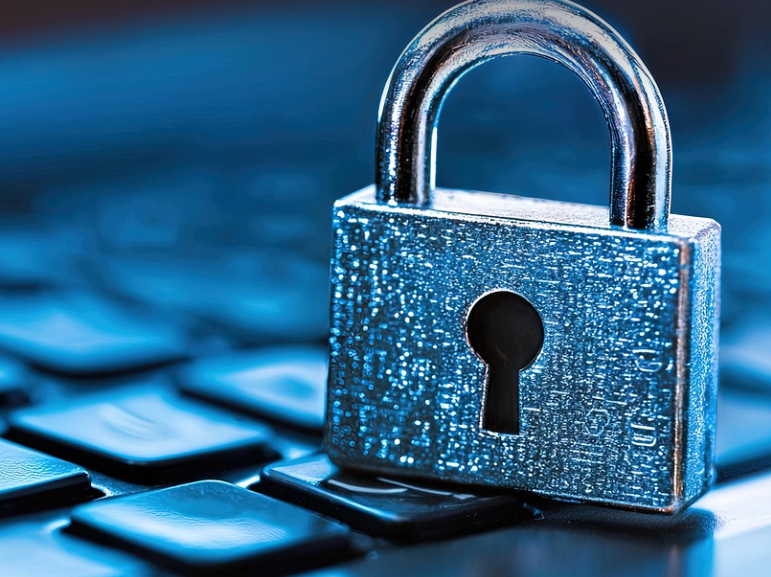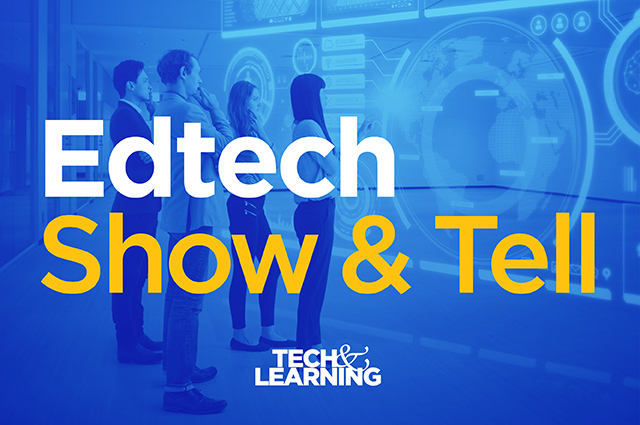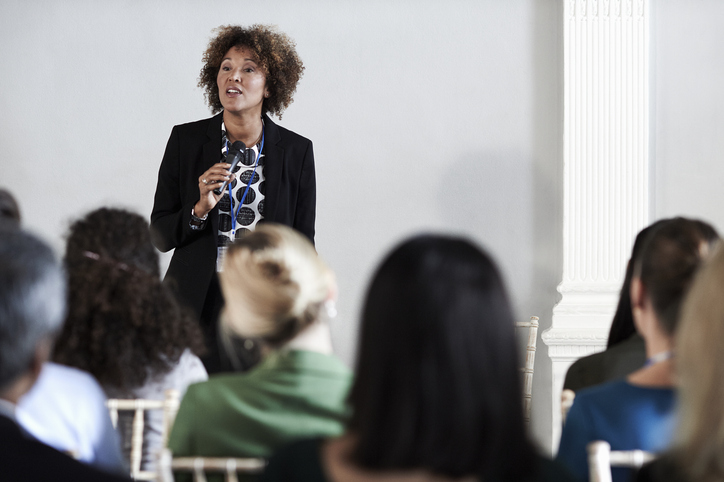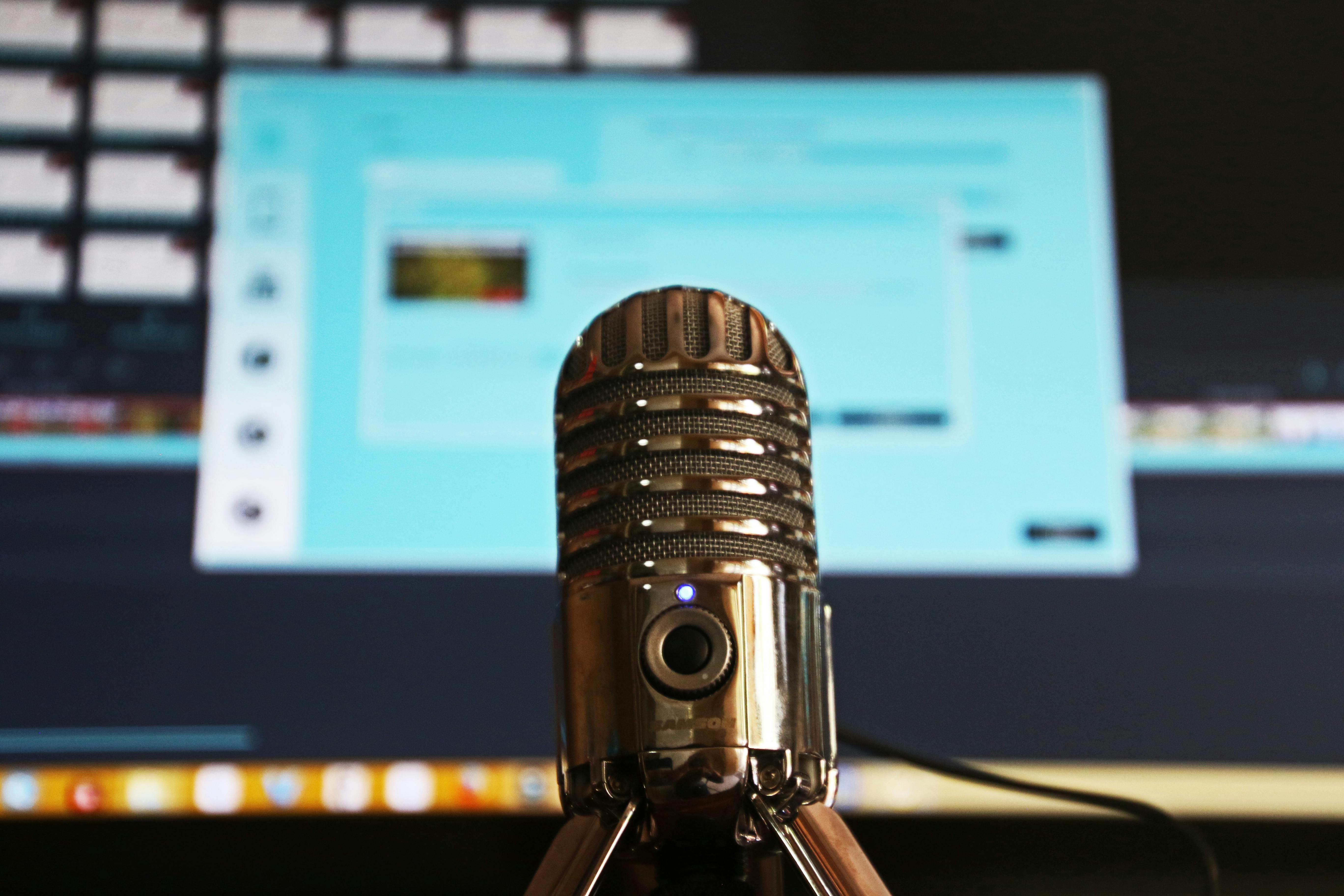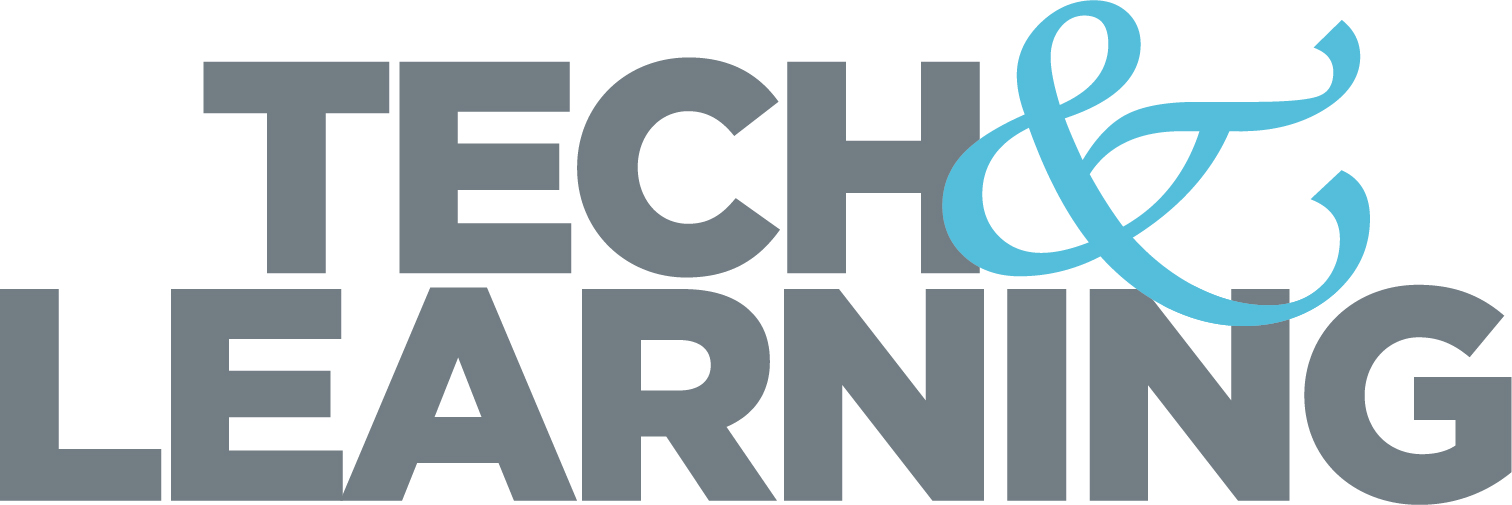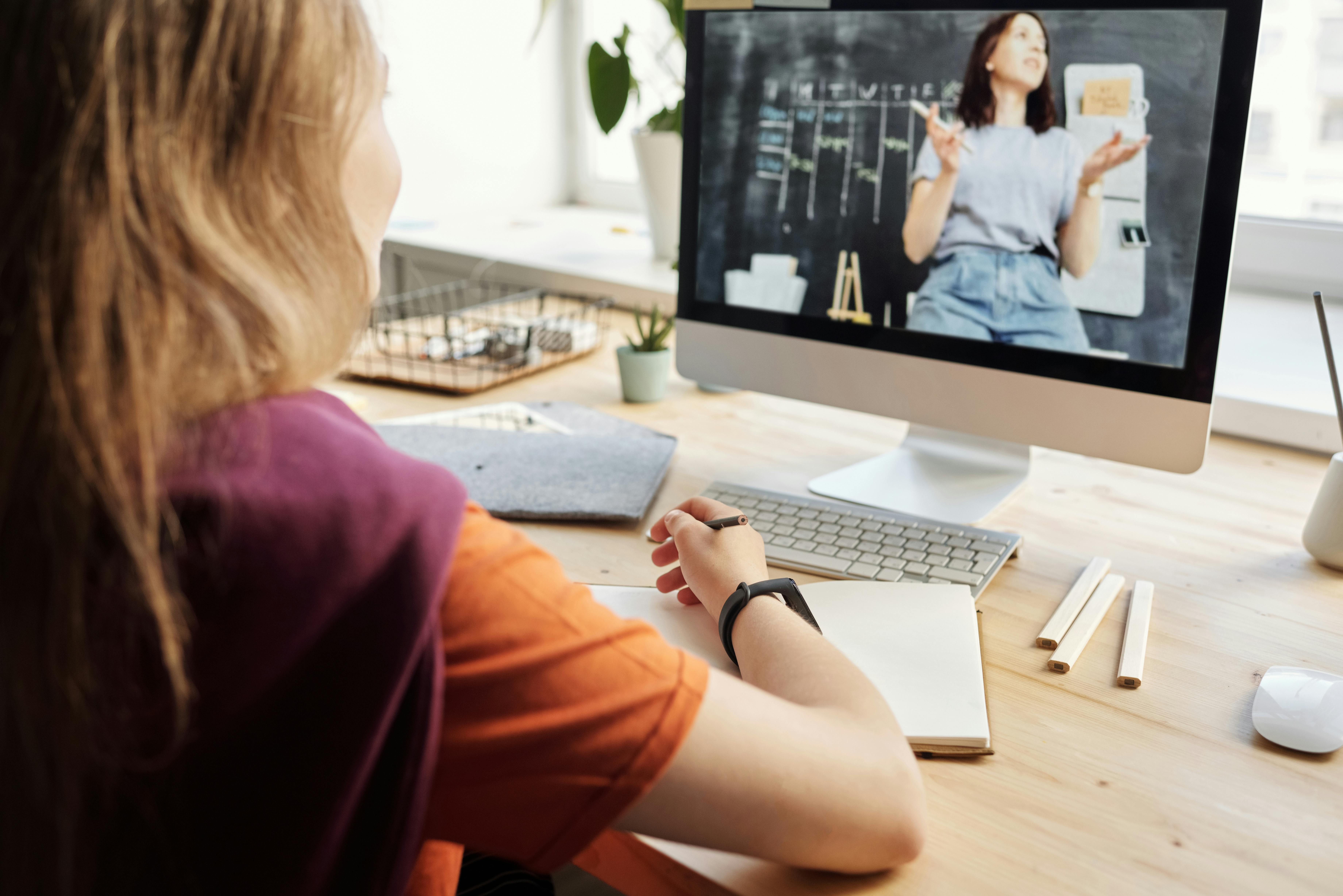Bringing AI, STEM and Robots To American Samoa
An influx of robotics carts has allowed schools in American Samoa to integrate AI into the curriculum
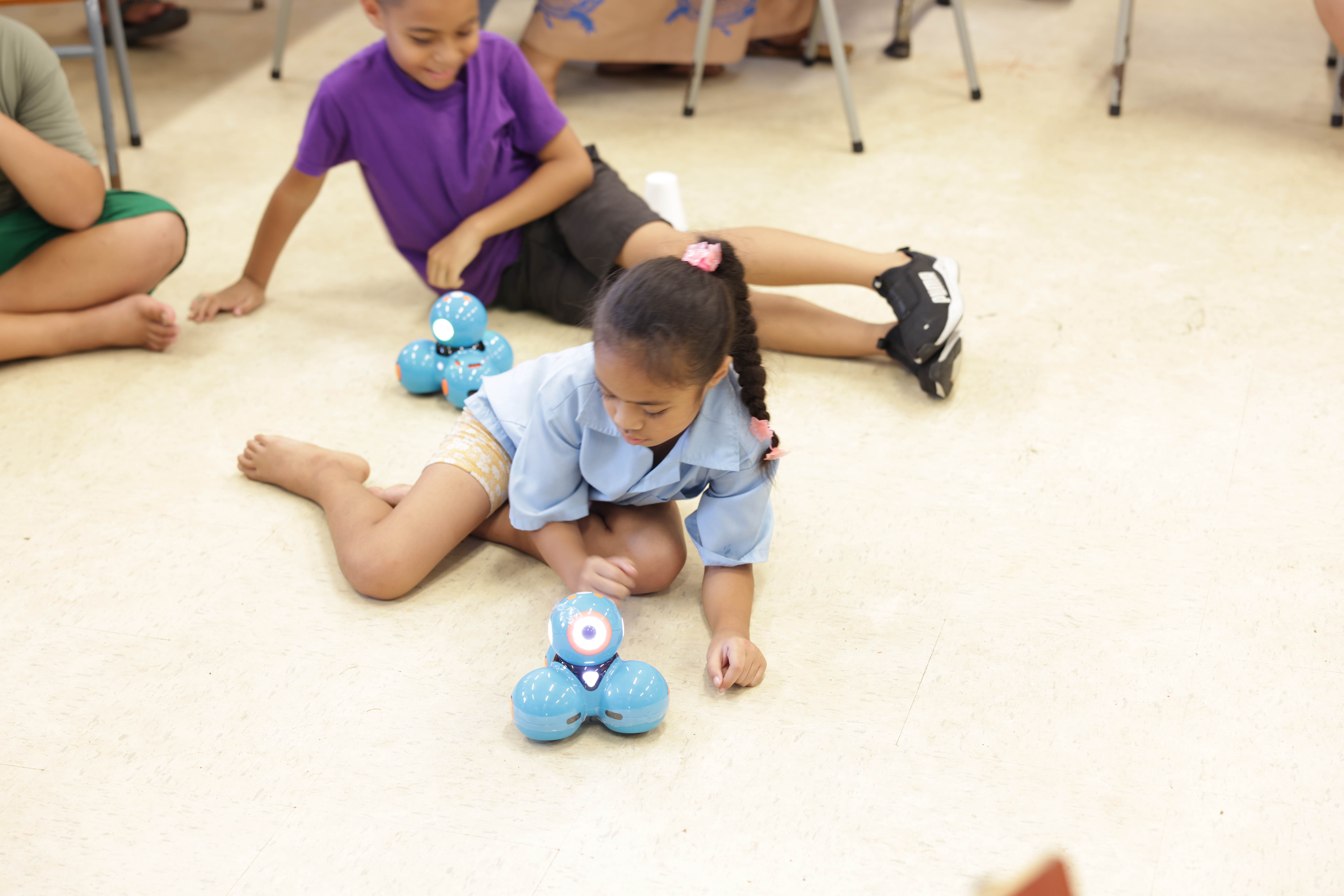
Until recently, the AI education revolution had not arrived in American Samoa, a U.S. territory in the South Pacific encompassing several islands.
“Much of our science curriculum emphasizes the environment, ocean, and land stewardship,” says Bone Taase, American Samoa Department of Education Assistant Director of EdTech.
“AI was not present in the curriculum,” Taase adds. But that recently changed.
American Samoa has a new STEM initiative aimed at expanding its STEM curriculum. It received a major boost recently when more than 150 robot carts from RobotLAB, a robotics and STEM company, were delivered to the territory. These robot carts facilitate AI, coding, and other STEM lessons.
Bringing Robotics to American Samoa
Each of the robot carts that arrived in American Samoa can accommodate classrooms of up to 24 students, and includes three age-specific product bundles featuring humanoid robots, virtual reality headsets and projected reality stations, and lesson plans.
“There's something for every grade,” says Amy George, RobotLAB Education Account Manager. She adds that the products for kindergarten students lay the groundwork for more advanced coding lessons as the students move up in grades.
Challenges
“In preparation for this project’s roll-out, we’ve overcome challenges such as limited experience in tech support and in how to utilize these tools to teach relevant subject matter,” Taase says. “Our educators have, over the months, had extensive training on how to use these tools to teach our students, but we also face the unpredictable challenge of connectivity. Luckily, most of the programs that RobotLAB provided can work offline and can be confined to the school network.”
Tech & Learning Newsletter
Tools and ideas to transform education. Sign up below.
These connectivity challenges arise because much of the infrastructure in American Samoa is being rebuilt so internet access isn’t always a given. George says that while visiting schools she and the RobotLAB team did encounter connectivity interruptions, it wasn’t all that different than the challenges some communities in the mainland face. “It's much like any other rural area,” she says.
In addition to some spotty internet connection overall, many school buildings are cement, which interferes with wifi, but that’s why certain RobotLAB tools are designed to be utilized offline. “We are glad that we had solutions that didn't need internet at times,” she says.
A Future That Includes AI Technology
Thanks to its STEM initiative, the American Samoa curriculum now includes AI and other coding lessons that can help students better prepare to be active in the modern world.
“The partnership with RobotLAB will expose our students to robotics and AI, greatly improving their college and career readiness, and bridging the gap between the access to advanced technologies typically available on the mainland,” Taase says. “AI is now being introduced into schools and as technology leapfrogs forward, it is important to ensure students are up to speed with the latest developments.”
Erik Ofgang is a Tech & Learning contributor. A journalist, author and educator, his work has appeared in The New York Times, the Washington Post, the Smithsonian, The Atlantic, and Associated Press. He currently teaches at Western Connecticut State University’s MFA program. While a staff writer at Connecticut Magazine he won a Society of Professional Journalism Award for his education reporting. He is interested in how humans learn and how technology can make that more effective.

